
7 Powerful Benefits of Pre-Chemical Protection for a Healthier, Happier Scalp!
POSTED ON April 3, 2025Pre-Chemical Protection for a Healthier Scalp During Hair Treatments
When undergoing chemical hair treatments like coloring, bleaching, or relaxing, your scalp can be exposed to harsh chemicals that may cause irritation, dryness, or allergic reactions. Using a pre-chemical protection product, such as a scalp protector, creates an invisible barrier on your scalp, reducing direct contact with these chemicals and minimizing potential damage. This essential step ensures both your scalp and hair receive optimal care during the process.
Why Pre-Chemical Protection Matters
A well-formulated scalp protector shields the skin while allowing normal scalp functions and hair follicle activity. By reducing the absorption of harsh chemicals, it helps maintain the skin’s natural integrity and prevents irritation.
Understanding Your Scalp’s Layers & Why They Need Protection
To provide extra protection for your scalp during the coloring process, we offer an optional pre-chemical protection treatment (scalp protector). This creates a protective barrier to reduce irritation and chemical exposure.
Understanding how this works starts with knowing the basic structure of your scalp. The scalp consists of several layers, each playing a vital role in protecting your skin and supporting healthy hair growth:
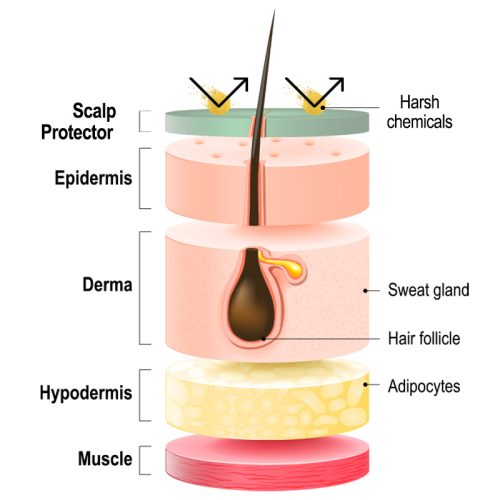
Epidermis (Outer Layer): The epidermis is the topmost layer of the skin, made up of keratinocytes (cells that produce keratin, a protein that protects your skin). This layer forms the first line of defense against environmental factors like chemicals, pollution, and UV radiation. It also acts as a barrier to prevent harmful substances from penetrating deeper layers.
Dermis (Middle Layer): Beneath the epidermis lies the dermis, which contains important structures such as blood vessels, sweat glands, hair follicles, and nerve endings. The dermis provides structural support to the skin and supplies nutrients to the hair follicles, helping to maintain healthy hair growth.
Hypodermis (Subcutaneous Layer): The hypodermis is the deepest layer of skin, composed mainly of fat cells (adipocytes), connective tissue, and larger blood vessels. This layer acts as insulation, keeping the body warm, and connects the skin to underlying muscles and bones.
Muscle Layer: Underneath the hypodermis lies the muscle layer, which is important for the movement of the skin and hair follicles. The tiny muscles attached to the hair follicles (called arrector pili) contract when you’re cold or stressed, causing “goosebumps.”
How a Pre-Chemical Scalp Protector Works
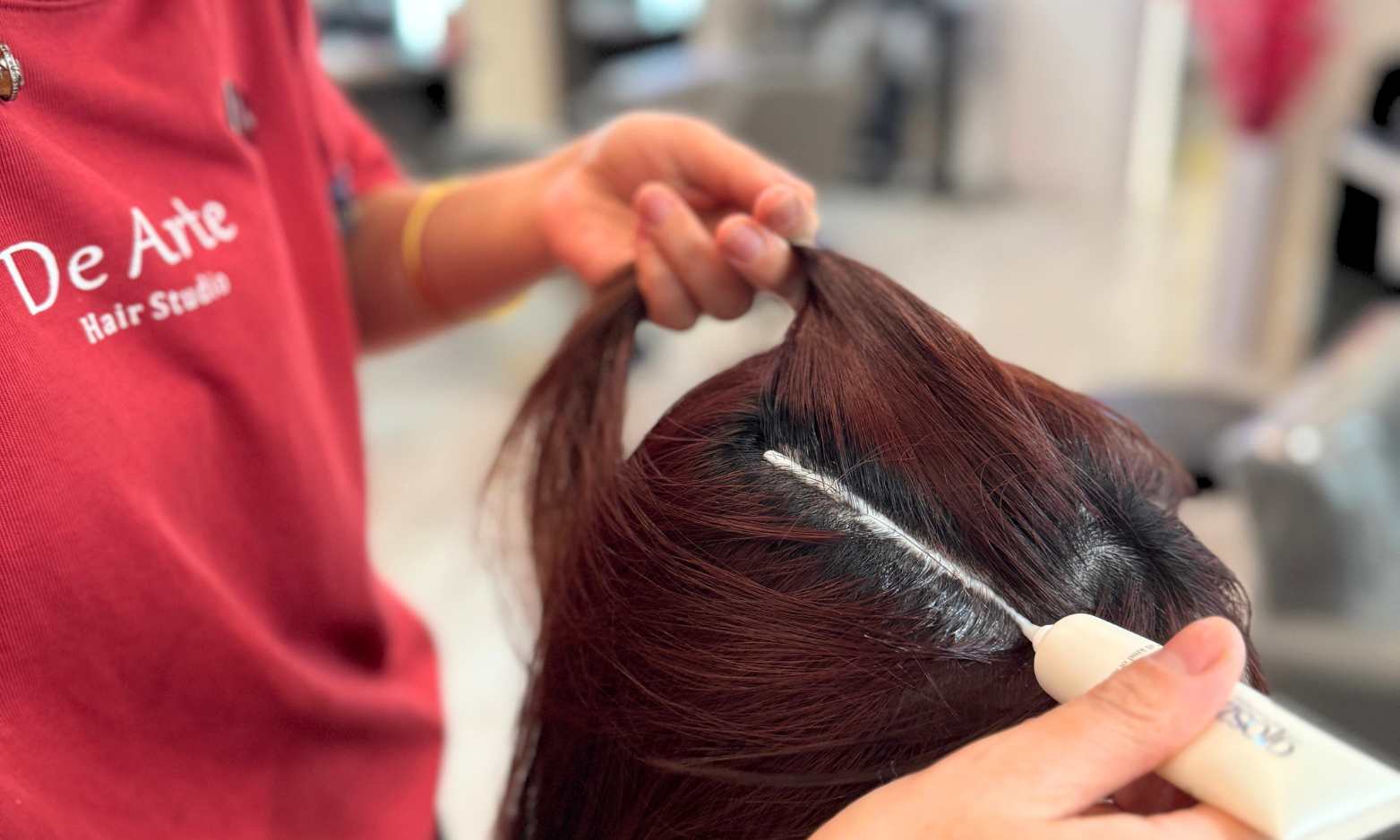
When it comes to chemical hair treatments, your scalp deserves the best care. Pre-chemical protection creates a protective barrier, reducing exposure to harsh chemicals and ensuring a safer, more comfortable experience. Here are 7 powerful benefits of using a scalp protector before your next hair treatment.
1. Prevents Direct Chemical Contact
A pre-chemical protection product forms an invisible shield on the epidermis, blocking direct contact with hair dyes, relaxers, and bleach. This reduces irritation, redness, and discomfort during treatments.
2. Reduces the Risk of Allergic Reactions
Many hair products contain strong chemicals that can trigger allergies. By adding a protective layer, pre-chemical protection minimizes allergic reactions, making the process safer for sensitive scalps.
3. Maintains the Scalp’s Natural Barrier
The epidermis is the first line of defense against external aggressors. A scalp protector preserves its integrity, preventing damage that could lead to dryness, peeling, or excessive sensitivity.
4. Minimizes Chemical Absorption
Without a protective layer, chemicals can penetrate deeper skin layers like the dermis and hypodermis. Pre-chemical protection helps limit absorption, reducing the risk of long-term scalp damage.
5. Supports Healthy Hair Growth
By safeguarding the hair follicles and blood vessels in the dermis, pre-chemical protection ensures that essential nutrients continue to reach your hair roots, promoting strong and healthy growth.
6. Prevents Scalp Dryness and Irritation
Many hair treatments strip away natural moisture, leading to dryness and itching. A scalp protector helps retain hydration, keeping your scalp soothed and comfortable throughout the process.
7. Enhances Overall Comfort During Hair Treatments
Pre-chemical protection ensures a stress-free, irritation-free experience, allowing you to enjoy vibrant hair color or sleek, straight styles without discomfort.
Ensure a Safer Hair Coloring Experience
Using pre-chemical protection before any chemical hair treatment is a simple yet essential step for maintaining scalp health, preventing irritation, and ensuring the best results. Don’t let harsh chemicals compromise your comfort; protect your scalp today!
Book An Appointment
Book a FREE consultation with us today, and let our expert stylists help you find the perfect color for you!
Related
Articles
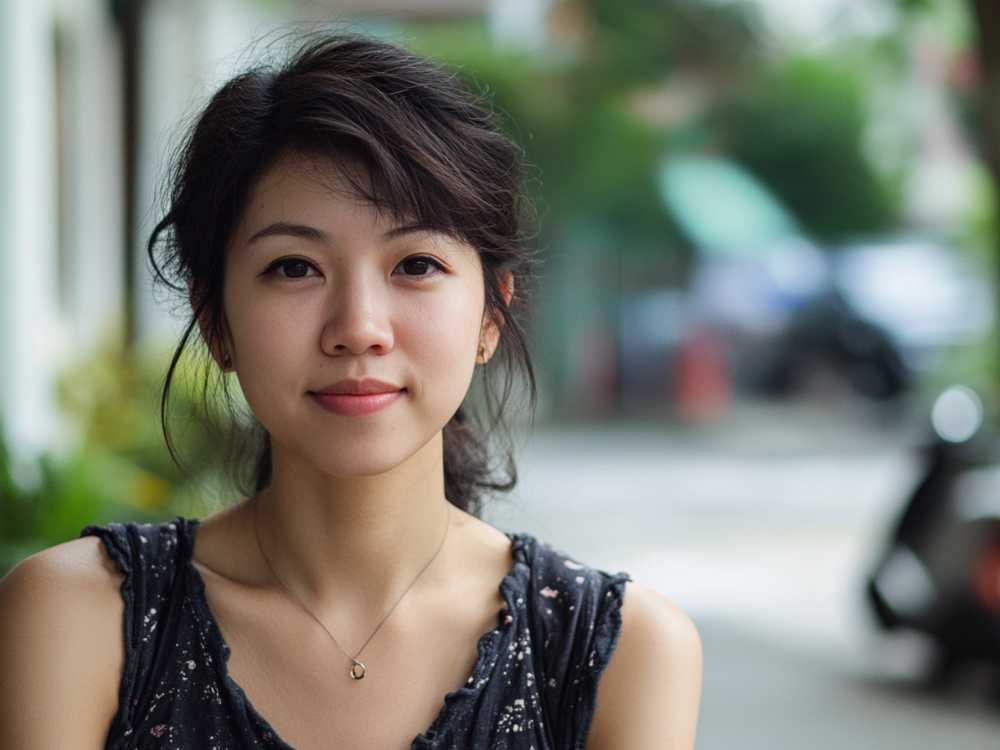
5 Effective Anti-Frizz Tips for Singapore’s Humid Climate
Struggling with frizz in Singapore’s weather? You’re not alone. Singapore’s tropical heat and year-round humidity make it one of the toughest climates for maintaining smooth, manageable hair. Whether you have naturally curly, wavy, or even straight hair, frizz can show up out of nowhere, especially during the rainy season or after a hot day outdoors. […]
READ MORE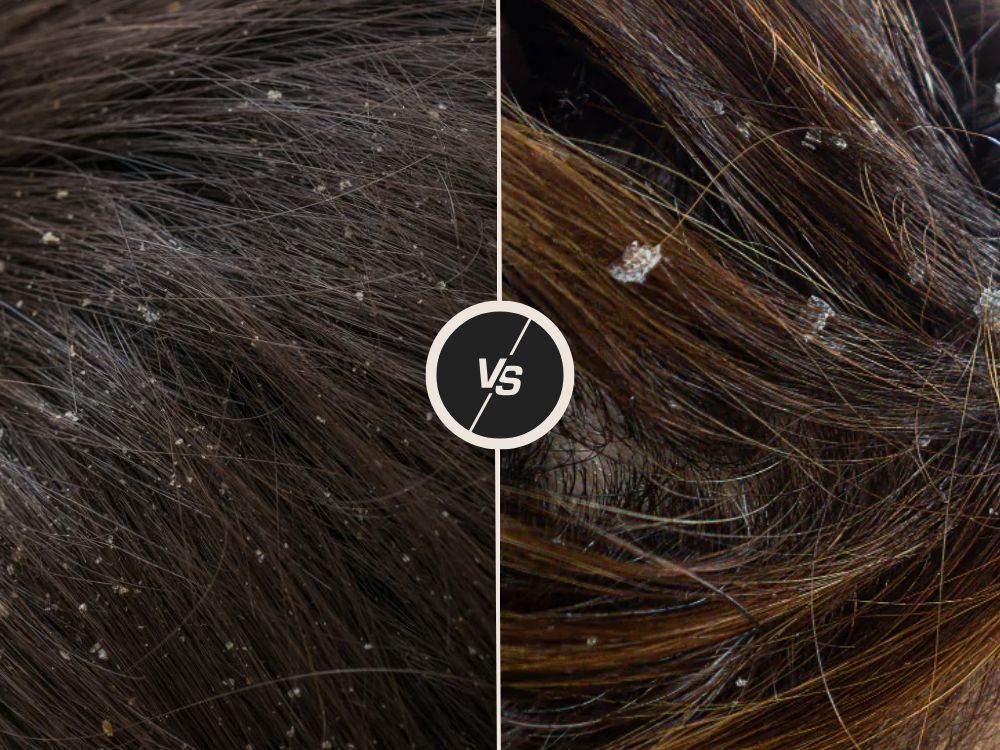
Dry Scalp vs. Dandruff: What Your Itchy Scalp Is Really Telling You
If you’ve ever noticed flakes on your shoulders or experienced an itchy scalp, you might have wondered: Is it dry scalp or dandruff? While they share similar symptoms, their causes and treatments differ. Understanding these differences is important for effective care. What Is Dry Scalp? A dry scalp occurs when the skin lacks sufficient moisture. […]
READ MORE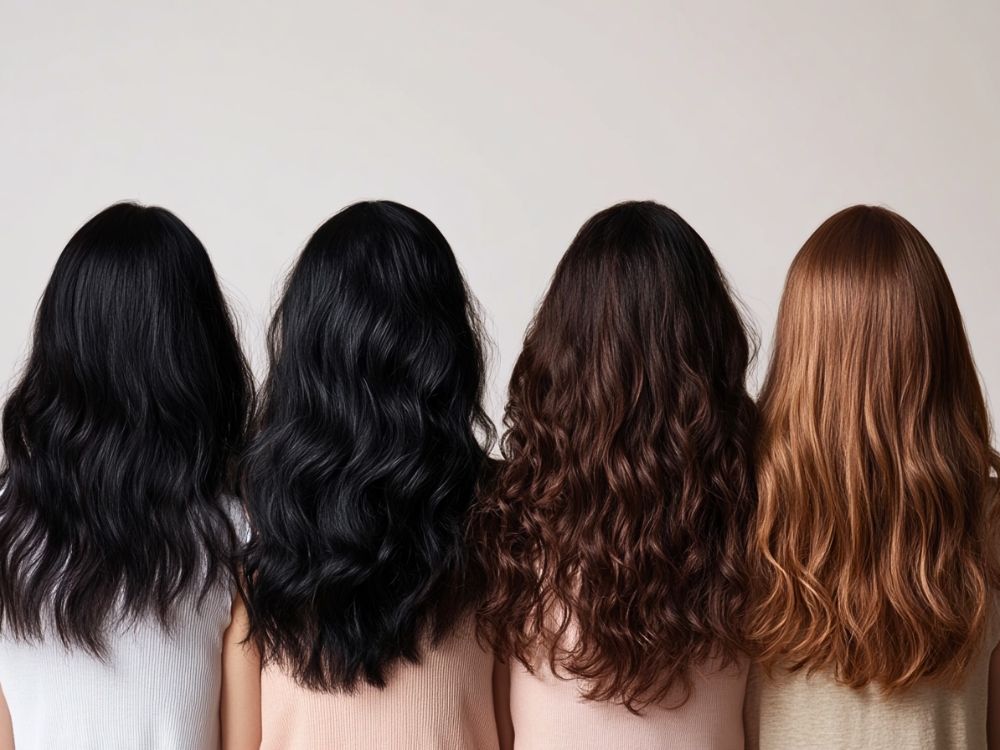
What’s My Hair Type? Discover the 4 Hair Types in 4 Easy Steps
There’s no such thing as the perfect hair type, only the perfect way to care for your own. Beauty isn’t one-size-fits-all, and the same goes for your hair. Understanding your hair type isn’t about fitting into a box, it’s about embracing your natural texture, working with your hair instead of against it, and bringing out […]
READ MORE